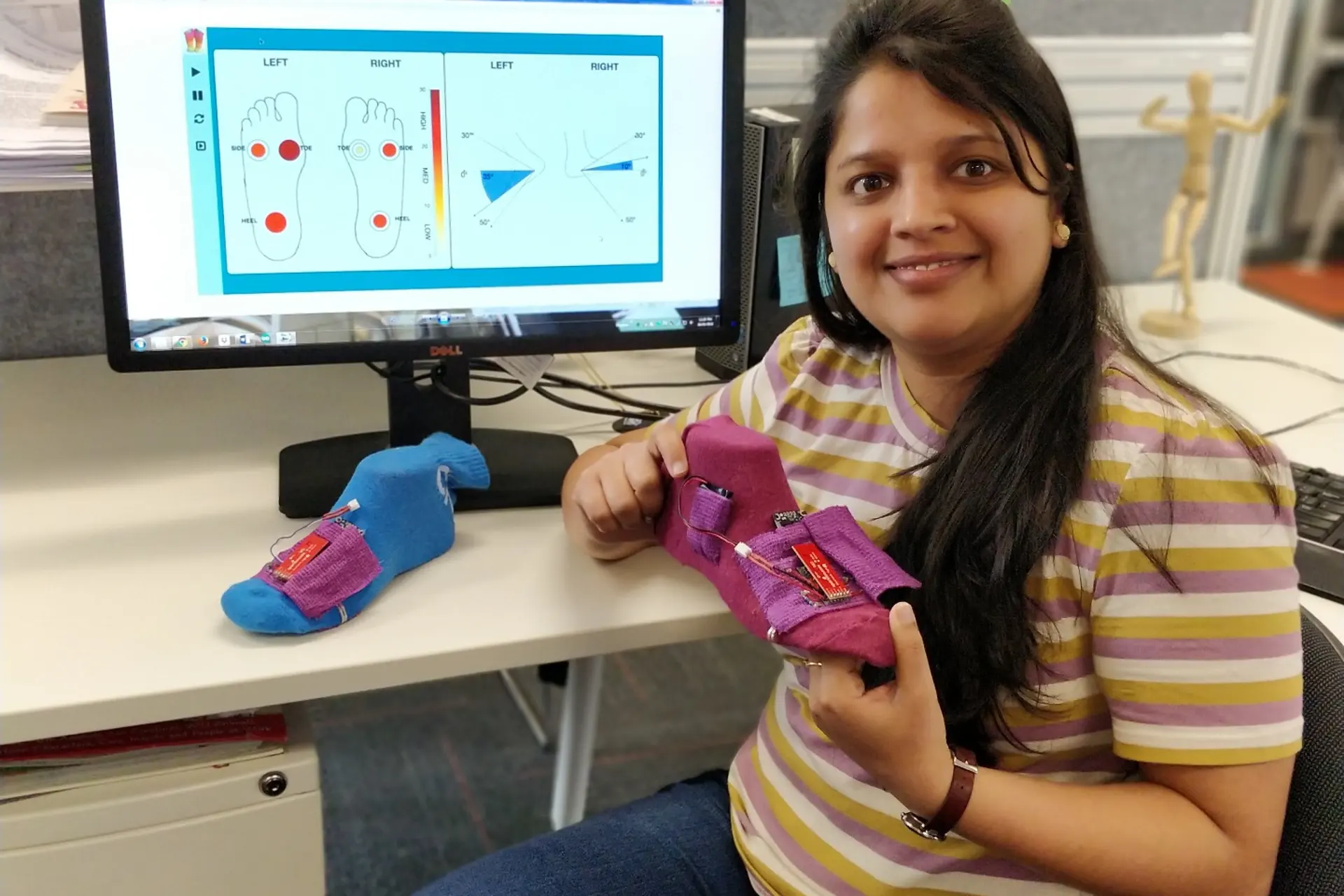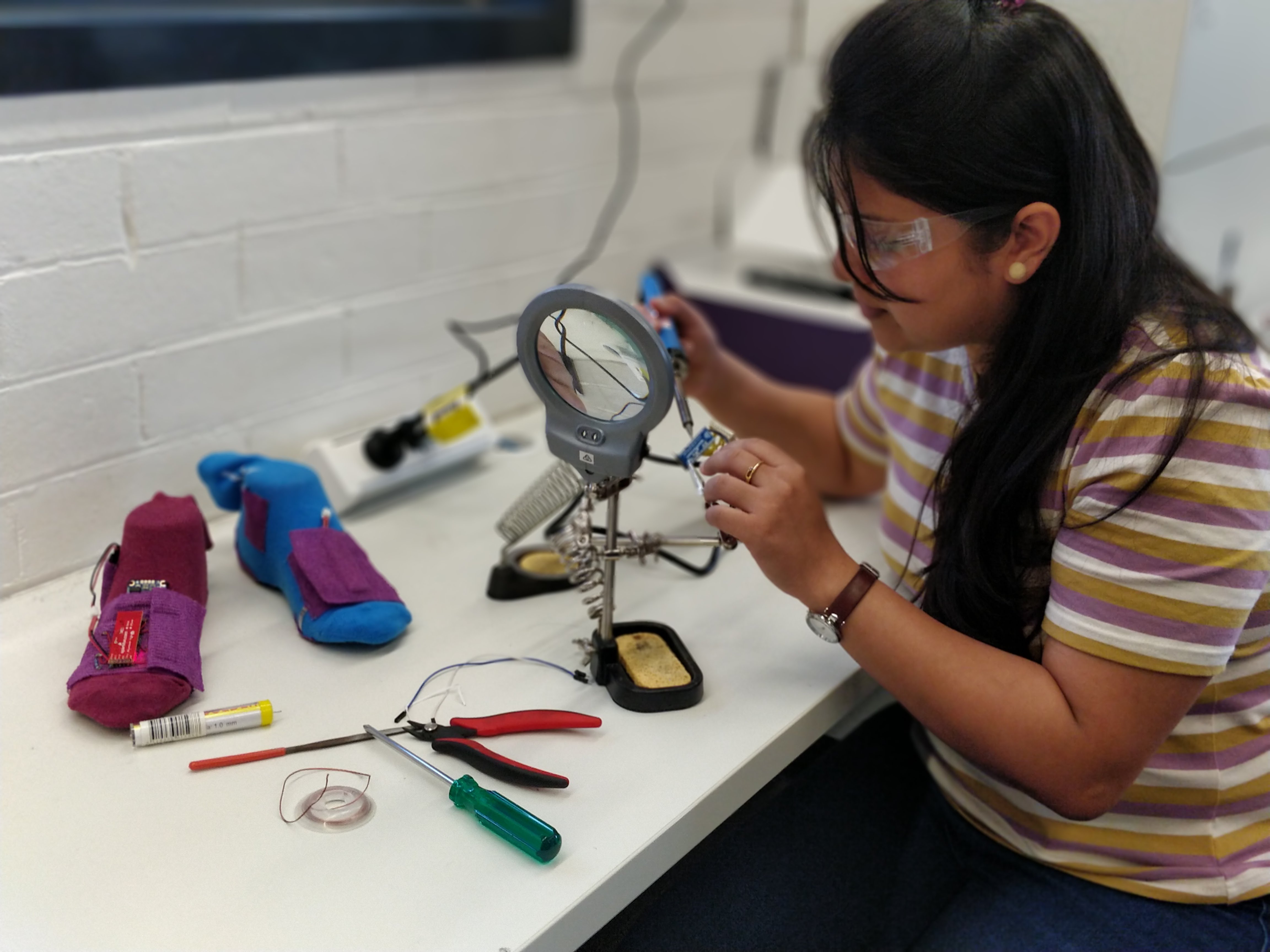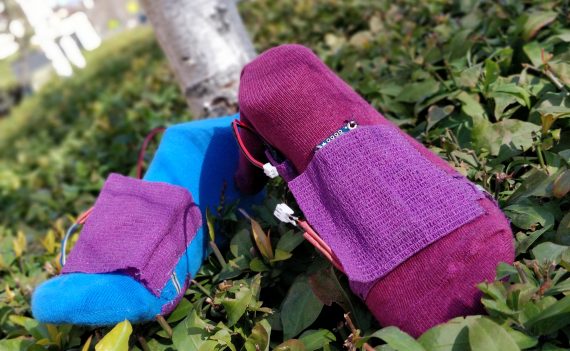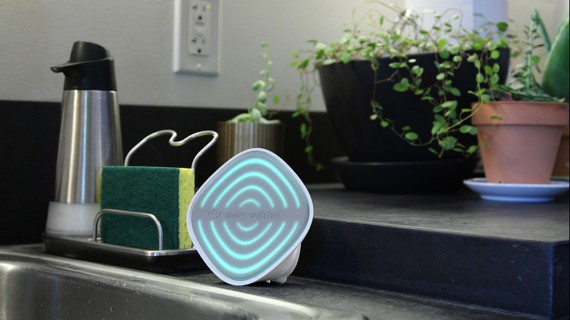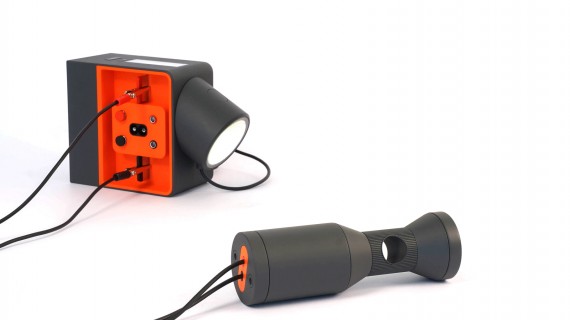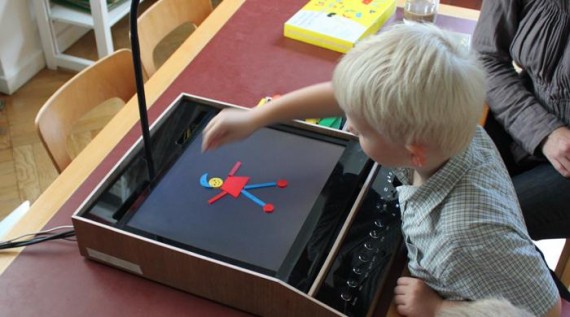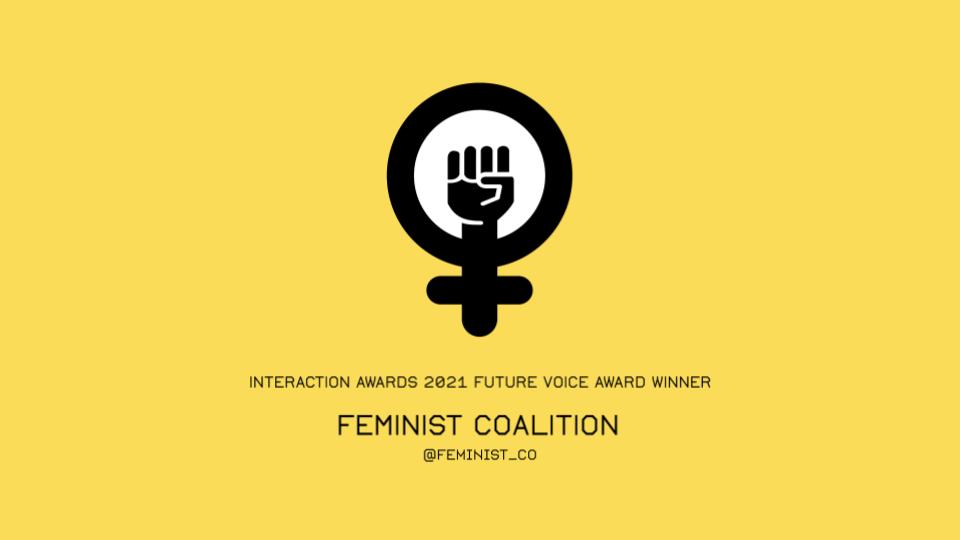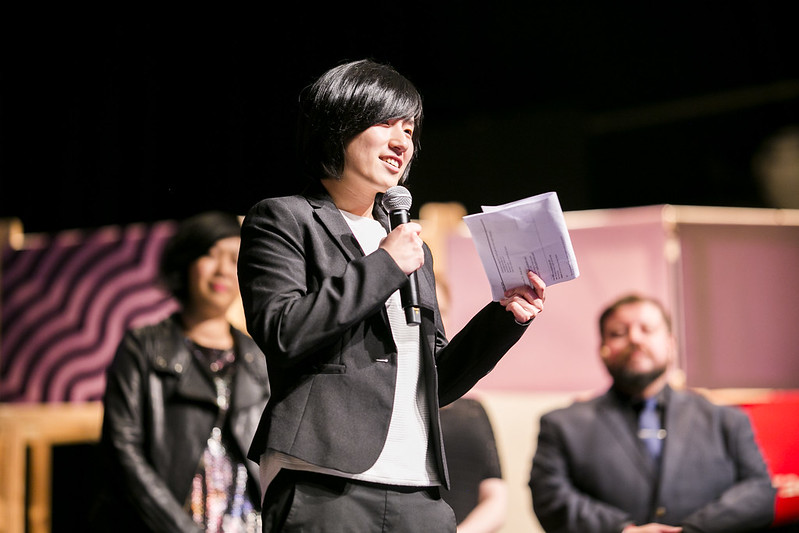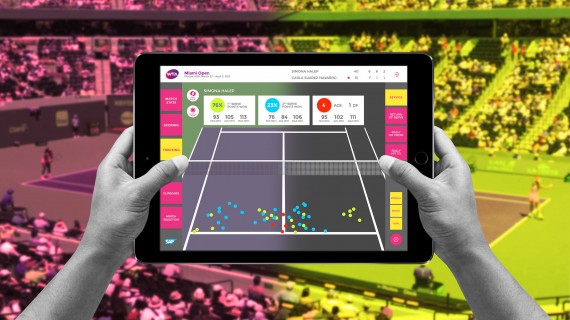SoPhy: Smart Socks Connecting Remote Patients and Physiotherapists
Team
Company | Institution
Category
Type
Project description
Physiotherapy is all about movements. To assess patients, physiotherapists must be able to closely observe the subtle differences in patient’s movements, e.g., shifts in weight distribution while walking. Over the last decade, Australian physiotherapists are increasingly relying on video consultations to treat patients living in remote and rural areas. Such consultations are organised using video conferencing tools like Skype. Video consultation is particularly important in Australia because of its large distributed population and the increasing prevalence of long-term conditions like chronic pain.
Physiotherapy is all about movements. To assess patients, physiotherapists must be able to closely observe the subtle differences in patient’s movements, e.g., shifts in weight distribution while walking. Over the last decade, Australian physiotherapists are increasingly relying on video consultations to treat patients living in remote and rural areas. Such consultations are organised using video conferencing tools like Skype. Video consultation is particularly important in Australia because of its large distributed population and the increasing prevalence of long-term conditions like chronic pain.
Video technology however, is not an effective platform for medical consultations because it was primarily designed to support verbal communication and not to communicate patient’s bodily data like physical movements. The two-dimensional video technology limits physiotherapists in understanding the patient’s actual recovery in the injured body part, resulting in less specific treatment of the patient’s injuries.
Our system, ‘SoPhy’ is the first attempt to make physiotherapy video consultations effective. The system was developed in collaboration with Royal Children’s Hospital following the human-centered design approach, and has appeal to a large audience including clinicians, patients and smart textile industries.. It is the result of three years of iterative work across multiple disciplines: Interaction Design, Computer Engineering, and Electrical and Electronics Engineering
In the trial at Royal Children’s Hospital, ‘SoPhy’ was found to increase the diagnostic confidence of the physiotherapists in assessing patients. The system provided them with key information of the patient’s movements that wasn’t visible in the video-stream. It guided more accurate assessment and allowed the physiotherapists to better appropriate the therapy goals around the patient’s condition. Patients on the other hand, received real-time feedback on every small changes in their movements that were otherwise difficult to understand – making the therapy more effective. Seeing the benefits of ‘SoPhy’, the physiotherapists and the hospital staff are keen to adopt ‘SoPhy’ as part of their clinical practice, and patients want to use it for home rehabilitation.
The impact of ‘SoPhy’ is substantial. To begin with, it boosted the recovery of three chronic pain patients who used ‘SoPhy’ in the hospital trial. ‘SoPhy’ was featured in 200 media outlets in Australia and overseas, with a combined coverage of 86 million people. Key highlights include video coverage on BBC news, ABC News, and London Science Museum (video series); cover story in The Indian Weekly; and live interview on Channel 9 Today Show. This extensive coverage sparked a significant interest in commercialising ‘SoPhy’, with big companies like Arvind textiles (India) and Sensoria (USA) interested in collaborating with us to conduct large-scale trials of ‘SoPhy’.
Physiotherapy is all about movements. To assess patients, physiotherapists must be able to closely observe the subtle differences in patient’s movements, e.g., shifts in weight distribution while walking. Over the last decade, Australian physiotherapists are increasingly relying on video consultations to treat patients living in remote and rural areas. Such consultations are organised using video conferencing tools like Skype. Video consultation is particularly important in Australia because of its large distributed population and the increasing prevalence of long-term conditions like chronic pain.
Video technology however, is not an effective platform for medical consultations because it was primarily designed to support verbal communication and not to communicate patient’s bodily data like physical movements. The two-dimensional video technology limits physiotherapists in understanding the patient’s actual recovery in the injured body part, resulting in less specific treatment of the patient’s injuries.
Our system, ‘SoPhy’ is the first attempt to make physiotherapy video consultations effective. The system was developed in collaboration with Royal Children’s Hospital following the human-centered design approach, and has appeal to a large audience including clinicians, patients and smart textile industries.. It is the result of three years of iterative work across multiple disciplines: Interaction Design, Computer Engineering, and Electrical and Electronics Engineering
In the trial at Royal Children’s Hospital, ‘SoPhy’ was found to increase the diagnostic confidence of the physiotherapists in assessing patients. The system provided them with key information of the patient’s movements that wasn’t visible in the video-stream. It guided more accurate assessment and allowed the physiotherapists to better appropriate the therapy goals around the patient’s condition. Patients on the other hand, received real-time feedback on every small changes in their movements that were otherwise difficult to understand – making the therapy more effective. Seeing the benefits of ‘SoPhy’, the physiotherapists and the hospital staff are keen to adopt ‘SoPhy’ as part of their clinical practice, and patients want to use it for home rehabilitation.
The impact of ‘SoPhy’ is substantial. To begin with, it boosted the recovery of three chronic pain patients who used ‘SoPhy’ in the hospital trial. ‘SoPhy’ was featured in 200 media outlets in Australia and overseas, with a combined coverage of 86 million people. Key highlights include video coverage on BBC news, ABC News, and London Science Museum (video series); cover story in The Indian Weekly; and live interview on Channel 9 Today Show. This extensive coverage sparked a significant interest in commercialising ‘SoPhy’, with big companies like Arvind textiles (India) and Sensoria (USA) interested in collaborating with us to conduct large-scale trials of ‘SoPhy’.

